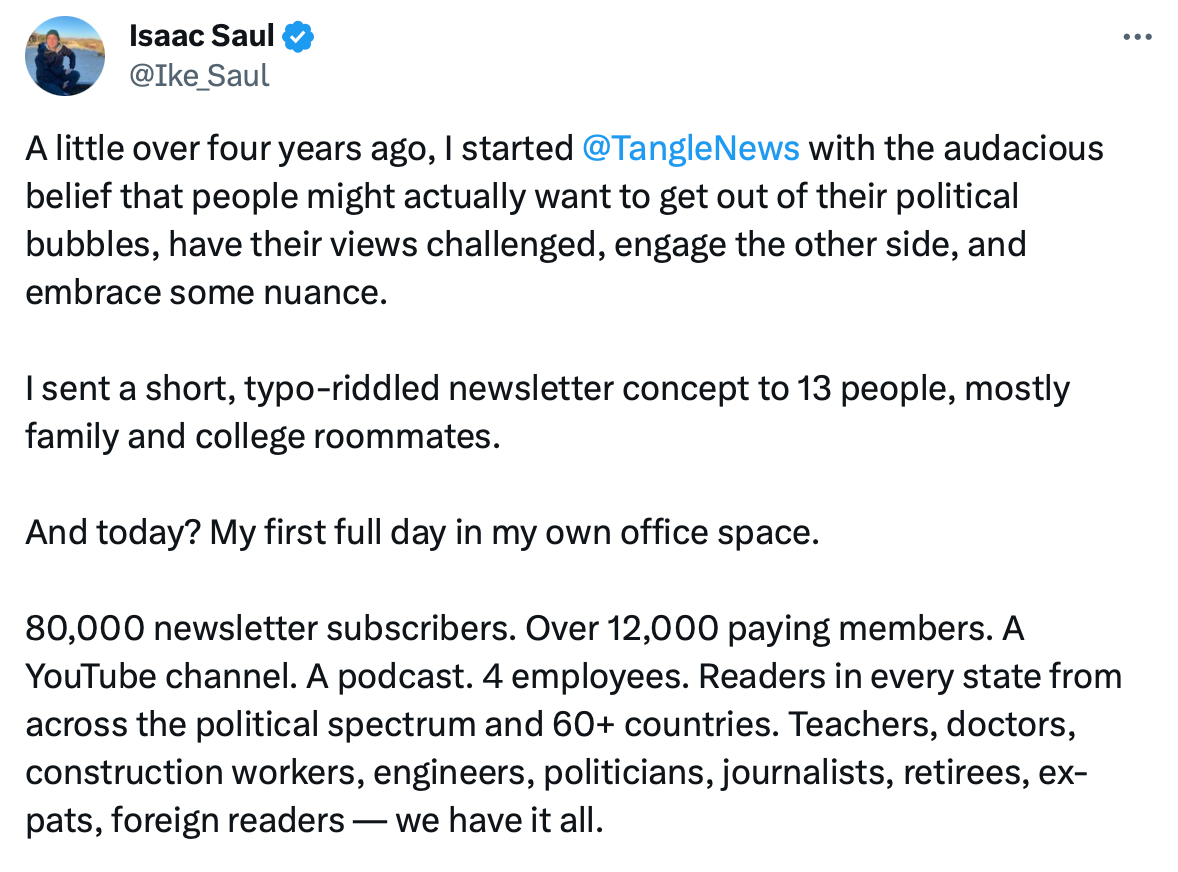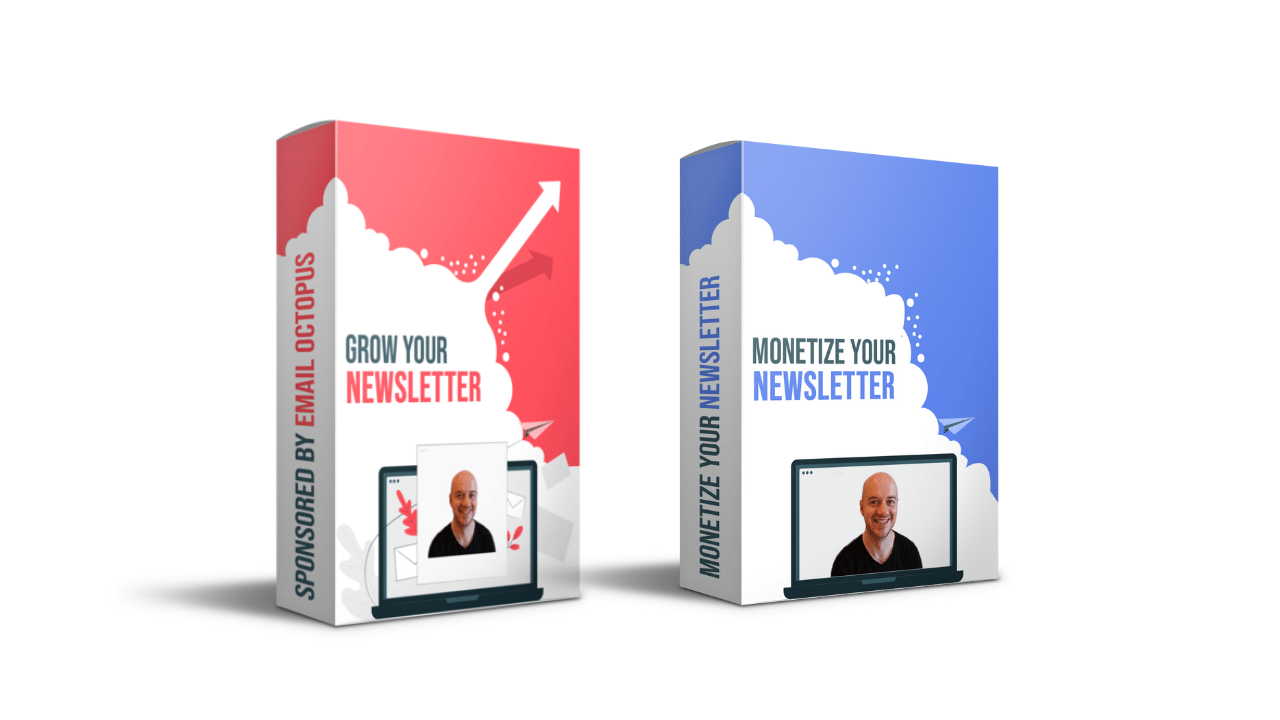Newsletters are a great way to make money. The humble email list can be monetized through advertising or if you have a seriously big value proposition, paid subscriptions.
Most email platforms give generous free plans so you don't have to pay anything for your first 1,000-2500 subscribers, depending on the platform. Other platforms, like Substack, are entirely free unless you charge for content and then they take a 10% cut + Stripe fees. Lots of founders have made a fortune from building newsletter businesses. Here's a list of ten newsletters that are making money in 2024.
Going (ex-Scott's Cheap Flights)
This is a fascinating business originally called Scott's Cheap Flights, named after the founder Scott Keyes. He started the newsletter as a part-time gig after he started to find excellent deals on long-haul flights. It has since been rebranded to Going but the business is the same - they send cheap flight deal information to newsletter subscribers.
If you want more tailored information, you can pay to find deals just for the routes and airports you are interested in. This is a great example of a paid or premium newsletter where people pay for the actual content.
Lenny's Newsletter
Written by Lenny Rachitsky who was Product Lead at Airbnb, this newsletter is one of the top publications on Substack. It's another great example of a paid newsletter which is monetized by people paying for it directly rather than from adverts. The newsletter boasts 500,000 readers.
The Hustle / Trends
Sam Parr created and later sold The Hustle, a newsletter based around entrepreneurship, which made money from ads. In the later years of his ownership he also started an off-shoot newsletter, Trends, which sent readers business ideas and opportunities. The two newsletters were acquired by Hubspot for an undisclosed sum (but which is believed to be around $27m).
Newsletter course
Learn how to grow and monetize your email list business with this bundle of video courses. Get 3 hrs of video content from a successful bootstrapped founder - no prior experience required.
Morning Brew
One of the biggest successes in the newsletter boom, Morning Brew summarises tech and business news for a millenial audience and was started when its founders were both at college. It has billed itself as like 'the Wall St Journal for younger people'.
Morning Brew is a free newsletter which has monetized with advertising. The founders sold a majority stake in the business to Business Insider, which valued Morning Brew at $75m.
High Signal
High Signal sends interviews with indie hackers as well as highlights of the top tech and startup news. The newsletter for this site is monetized through newsletter advertising.
High Signal is sent every Wednesday and Friday and is read by CEOs from some of the most successful bootstrapped founders. Companies like Ahrefs, Rewardful and SavvyCal have paid to appear in front of 1500 top indie founders. If you want to sponsor some editions, check out the sponsorship page.
Marketing Examples
Harry Dry is the creator of the website and newsletter, Marketing Examples. Harry is a very analytical guy who breaks down how different companies approach topics like SEO, copywriting and branding. He has shared lots of free case studies based on how companies excel at marketing. Harry's newsletter makes six figures from ad sponsorships from marketing companies such as Ahrefs.
No CS Degree
This is a newsletter based on sharing success stories of people who have learned to code without going to college to learn programming. No CS Degree has been active since 2019 and is monetized through newsletter ads and affiliate links to coding courses.
Tangle
This is a really interesting newsletter for political news created by Isaac Saul as a result of the growing divide in the United States. Tangle delivers the news from both a liberal and a conservative perspective with Isaac's own unique view coming after.
In an increasingly polarized world, it's a good idea for a newsletter, especially for the majority of people in the centre of politics who are alienated by extremes. Tangle boasts over 80,000 subscribers and it mostly makes money from paid memberships from readers.

4 day week
This is a newsletter which shares job openings at companies that work a 4-day week. It's part of the 'future of work' trend where companies re-imagine how they operate. The newsletter has over 100,000 newsletter subscribers and is mostly monetized with adverts.
Remote Rocketship
Somewhat uniquely for a job board, Remote Rocketship charges newsletter subscribers for info on remote job openings. Whereas most job boards charge companies for posting, Remote Rocketship charges job seekers. Check out the founder's SEO course for job boards (affiliate)



